If your dog or cat is looking a little more round, you’re not alone. Research conducted by the Association for Pet Obesity Prevention shows that more than half of U.S. pets are overweight or obese, a trend that is worsening each year. While pets with extra pounds may seem extra cute, they’re at greater risk of serious, potentially life-threatening illness. The research also showed that obesity can shorten a pet’s lifespan up to two years—an important reason to look more closely at this growing problem. Mt. Horeb Animal Hospital recognizes the dangers of pet obesity, and we want to help you keep your pet in tip-top shape.
Is pet obesity dangerous?
Obesity has been linked to multiple conditions in pets, including diabetes, kidney disease, high blood pressure, respiratory issues, and cancer. However, osteoarthritis is the most closely intertwined and widespread problem related to pet obesity. Excess weight places more stress on joints, causing them to wear out more quickly, which limits mobility and allows muscles to atrophy and the arthritis to worsen. The fat cells also can cause systemic inflammation that contributes to arthritis and other conditions. Obese pets, with or without secondary health conditions, can have a reduced lifespan and a lowered quality of life.
Preventing your pet from ever gaining excess weight is the best way to battle obesity. This can be accomplished by consulting your veterinarian at every wellness visit about your pet’s weight and nutrition. If your pet is already overweight, here are some do’s and don’ts to help you on their weight loss journey.
DO: Learn to assess your pet’s weight
Ask your veterinarian to assess your pet’s weight, give you a weight goal, and show you how to assess their progress at home. Goal weight is determined by assessing body condition score (BCS) on a scale of one to five or one to nine. Pets with an ideal score of three out of five or five out of nine have a thin fat covering over the ribs that can easily be felt, a visible waist tuck from above and from the side, and well-developed muscles.
DON’T: Assume that extra pounds are normal
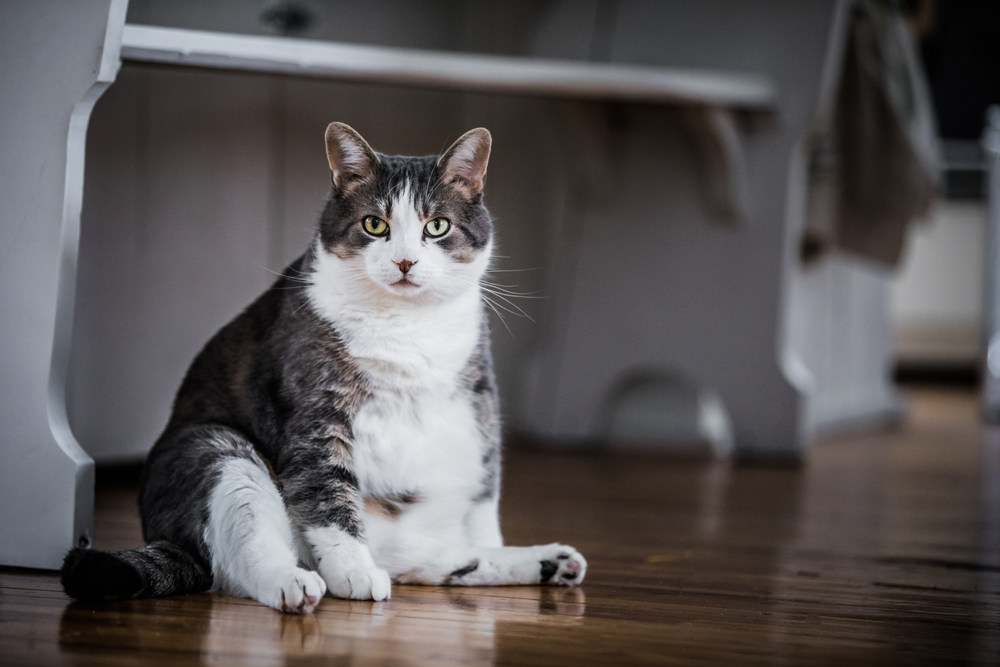
Some breeds with short legs or stout, round bodies (e.g., pugs and bulldogs) don’t have much of a waist, making weight assessment harder. People routinely misidentify their overweight pets as normal, so don’t assume your pet’s weight is healthy without your veterinarian’s assessment.
DO: Follow your veterinarian’s nutritional advice
The right weight loss food amount differs for every dog. If your dog is only slightly overweight, you may be able to cut back only a bit each day, but dog food contains a balanced amount of vitamins and minerals, and you must not cut back too much and reduce nutrient intake. Your veterinarian can recommend a food that provides the same nutrients but fewer calories, which may mean higher fiber, lower fat, different protein levels, or added supplements. If your pet has other health conditions that must be managed, a veterinary nutritionist can help you find the right formula.
DON’T: Make drastic dietary changes overnight
If you cut back too much at a time, you may leave your pet feeling hungry. Also, sudden diet changes can cause gastrointestinal upset, so reduce your pet’s food volume gradually to give them time to adjust. If you’re changing to a new food, reduce the amount of old food and ramp up the amount of new food over one to two weeks.
DO: Make exercise part of your routine
Increasing your pet’s activity level can help build muscle, and improve fitness and metabolic function. Your dog doesn’t need to join a gym—a daily walk is a good place to start. Play counts, too, so get out there and throw that ball! Make exercise fun, and find a way to incorporate play into your daily routine, so you’re more likely to stick with it.
DON’T: Ignore your pet’s limitations
Pets who are extremely overweight or arthritic may struggle to exercise without pain. These pets need to start with short walks, and must not be pushed too hard too quickly. They may also benefit from a therapy or rehabilitation program under specialist supervision to help strengthen joints and muscles. Therapy programs often incorporate swimming or water treadmill to reduce weight without straining joints.
DO: Involve the whole family
Weight loss efforts won’t be effective unless every household member is on board. Small children—and adults—who believe “food is love” may be tempted to slip your pet extra food or treats, so explain the importance of weight loss, and that sticking to the diet can help your pet live a longer, healthier life.
DON’T: Slip back into old habits
Involving the whole family can also make sticking to your new routine much easier, because you can hold each other accountable. Remember why you’re making this effort—to provide your pet their best possible life.
Weight management doesn’t have to be difficult when you follow your veterinarian’s advice and stick to their recommendations long-term. Regular check-ins with your Mt. Horeb Animal Hospital team can help you stay on track and make adjustments to ensure you see progress. Contact us to schedule a visit if you’re concerned about your pet’s weight, or need help managing any weight-related health conditions.


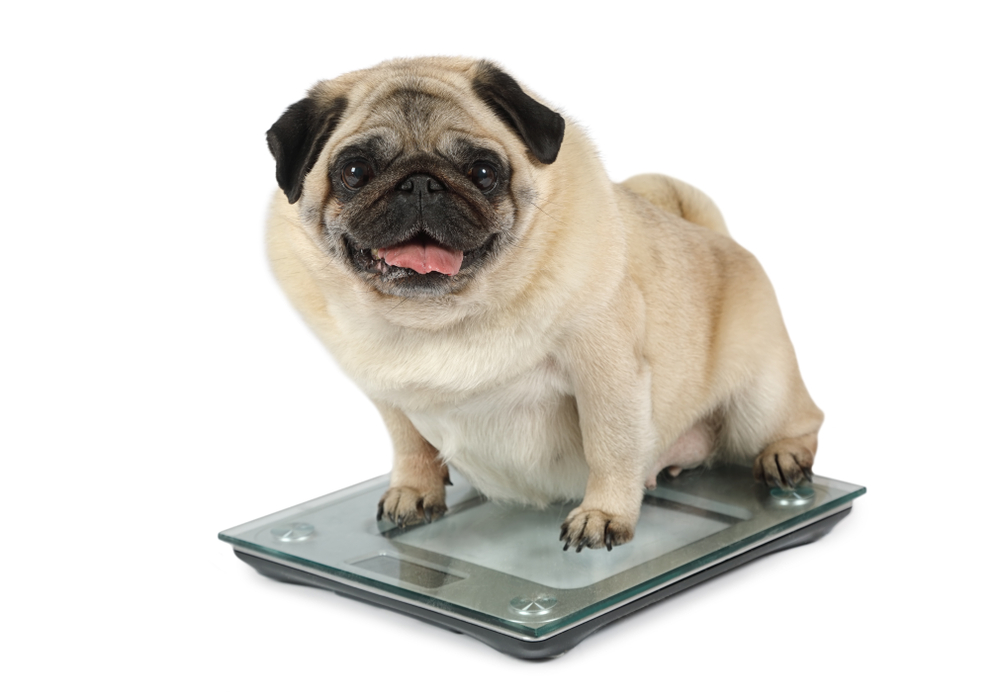
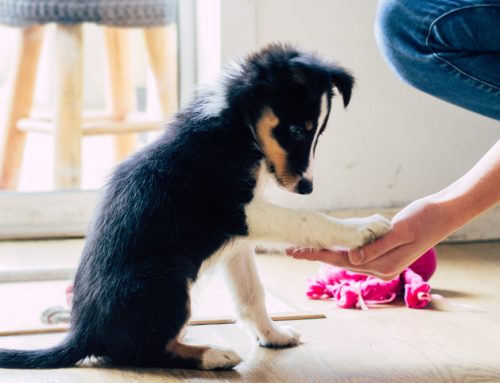
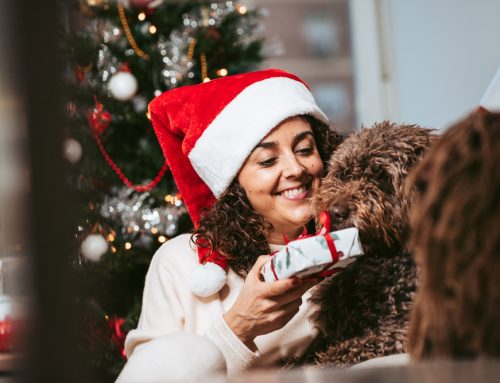
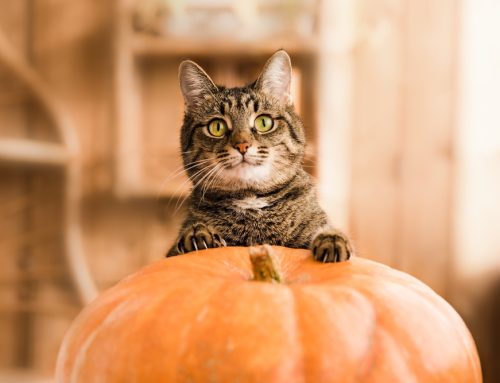
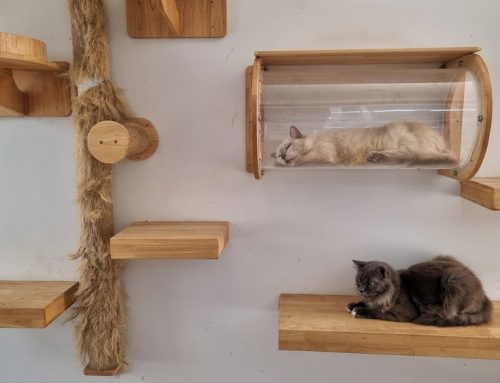
Leave A Comment